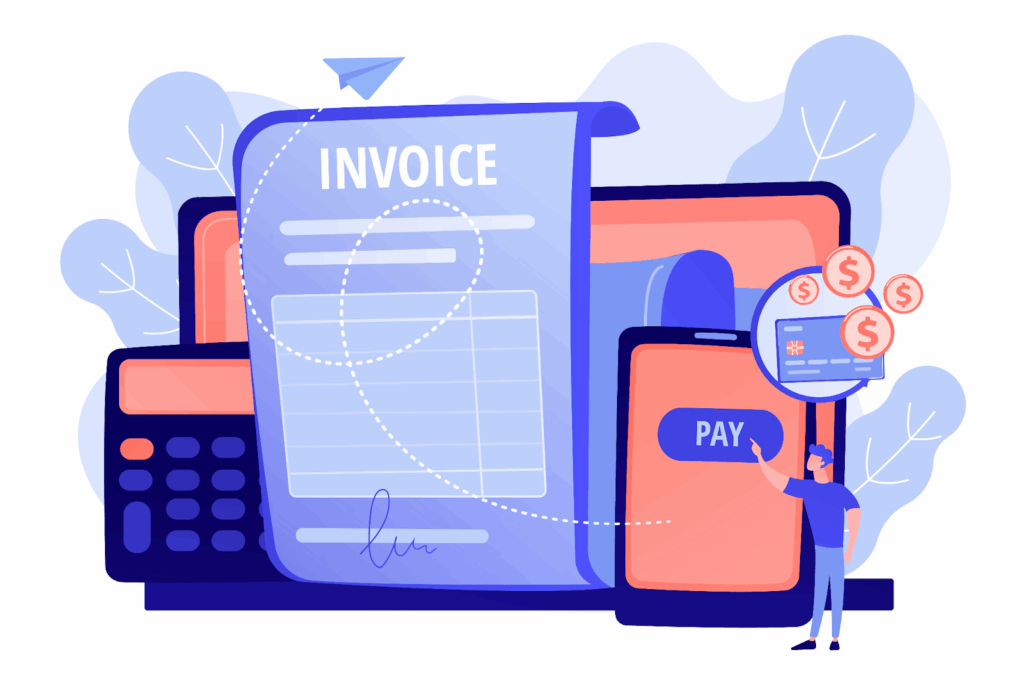For most growing enterprises, one of the first pressure points is finance: managing invoices and cash flow. As transaction volumes increase, what used to be a few manual entries a week can quickly become hundreds. And with that comes slow approvals, missed payments, and the occasional error that takes hours to fix.
How does manual invoice handling impact enterprises?
Manual invoice handling often looks simple on paper, but becomes a serious time drain in practice.
Time involved
According to Ardent Partners’ State of ePayables report, the average business takes about 10 days to process a single invoice manually. Best-in-class companies do it in less than three. Those few lost days can make the difference between healthy vendor relationships and constant follow-ups.
Cost impact
The cost impact is just as real. Research from the Institute of Finance and Management (IOFM) shows that manual processing costs between $12 and $15 per invoice, while automation can reduce that to under $3. For a business processing hundreds of invoices a month, that’s hundreds and thousands of dollars in unnecessary overhead.
High error rates
Errors add another layer of risk. APQC found that bottom-performing companies experience error rates as high as 12%, compared with just 2% among top performers. Each error not only delays payment but also distorts cash visibility, something fast-growing companies can’t afford.
In spite of these numbers, over 60% of organizations still key in invoice data manually (HighRadius, 2024). The result is predictable: slower cycles, increased costs, and frustrated teams trying to scale with means that just can’t keep up.
Expect automated invoice capture to change this scenario. Using OCR and AI-based data extraction, it removes manual entry totally. It also speeds up approval workflows and ensures accuracy from the start. It’s not just about cutting costs — it’s about freeing finance teams to focus on decisions that really lead to growth.
How automated invoice capture enhances enterprise operations
In a fast-changing business landscape, enterprises have to process piles of invoices each month. Handling so many invoices manually can be time-consuming and stressful, and poses the risk of errors. Automated invoice capture software uses technologies like Optical Character Recognition (OCR), AI and machine learning to extract and process data automatically. This saves time, improves accuracy and creates a smoother workflow across departments.
Here are some ways how automated invoice capture enhances enterprise operations:

- Faster data processing
Rather than employees having to enter every detail manually, like invoice number, vendor name, or total amount, automated invoice capture can scan and record these directly. Thus, it significantly reduces the time needed to process each invoice. This allows businesses to process hundreds of invoices within minutes and shortens the payment cycle to improve overall efficiency.
- Reduced human error
Automated invoice capture allows enterprises to eliminate errors that may arise from manual entry. This means there is no room for typing mistakes, duplicate entries and misinterpretations of data. Thus, it produces a reliable database with minimal rework or correction, ensuring smooth audits and avoiding payment disputes.
- Smoother approval workflow
Enterprises often have multi-level approval systems for invoice payments, which may slow down the operations. Automated invoice capture can smoothly integrate with approval workflows. It routes invoices to the right departments based on the pre-defined rules, ensuring quick verification and approval.
- Integration with ERP systems
Automated software for invoice capture can easily integrate with Enterprise Resource Planning (ERP) systems like SAP, Oracle, or QuickBooks. After the capture of invoices, the software automatically transfers the data to the ERP. This keeps all financial records up-to-date without manual intervention and creates a single data source for the finance team.
- Improved compliance and audit readiness
Automated systems record every step of the invoice process, from data capture to approval and payment. This means that every step is transparent, which simplifies compliance with tax and financial regulations. Thus, finance teams can easily bring out documents and prove adherence to internal and external policies.
Conclusion
Automated software for capturing invoices helps small and medium-sized businesses balance budget and operations. This is done by turning tedious back-office tasks into a smart, fast and reliable chain. It saves time, increases accuracy and gives total financial visibility.
Thus, the software makes it easier for enterprises to grow without the burden of manual work. It is not just a technological tool; it is a strategic move towards long-term growth and efficient operations.



